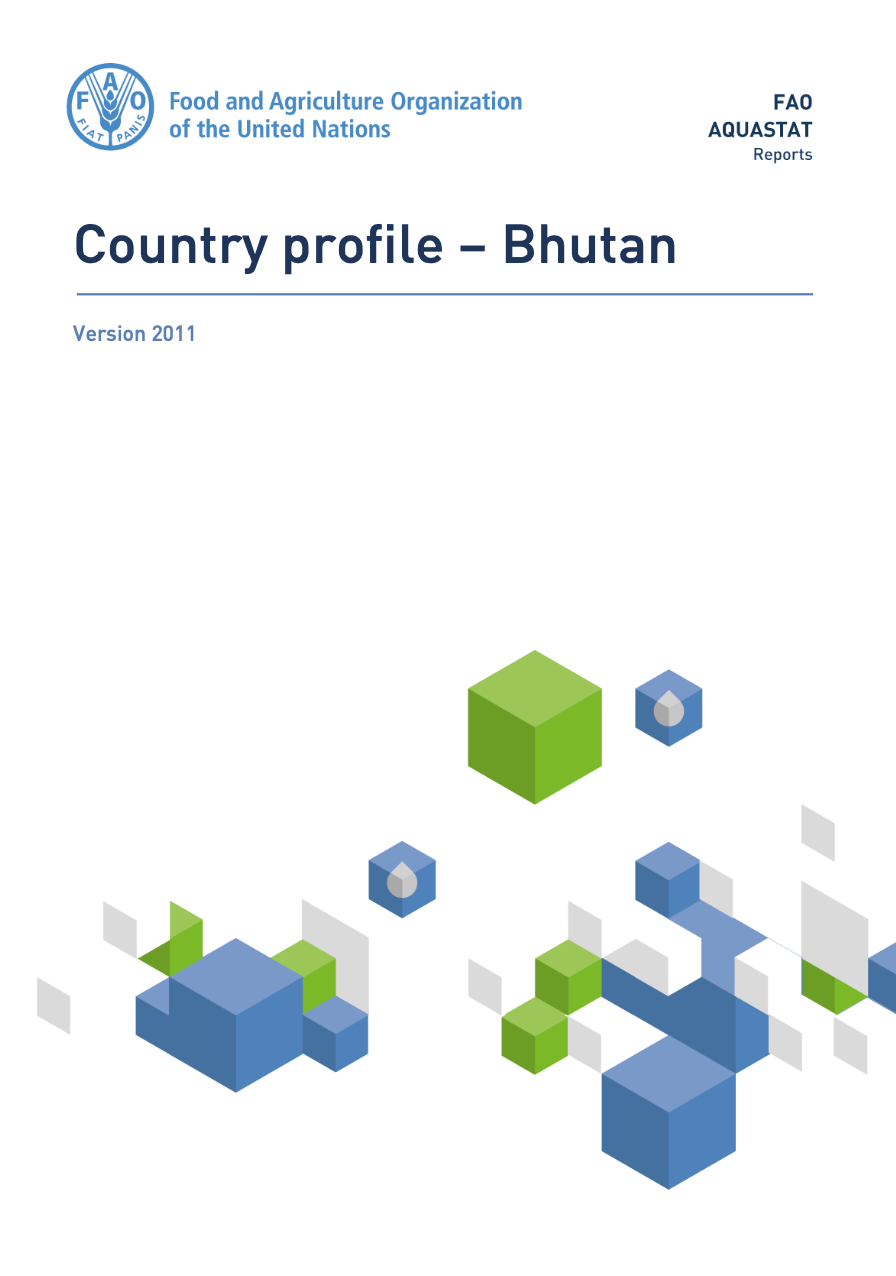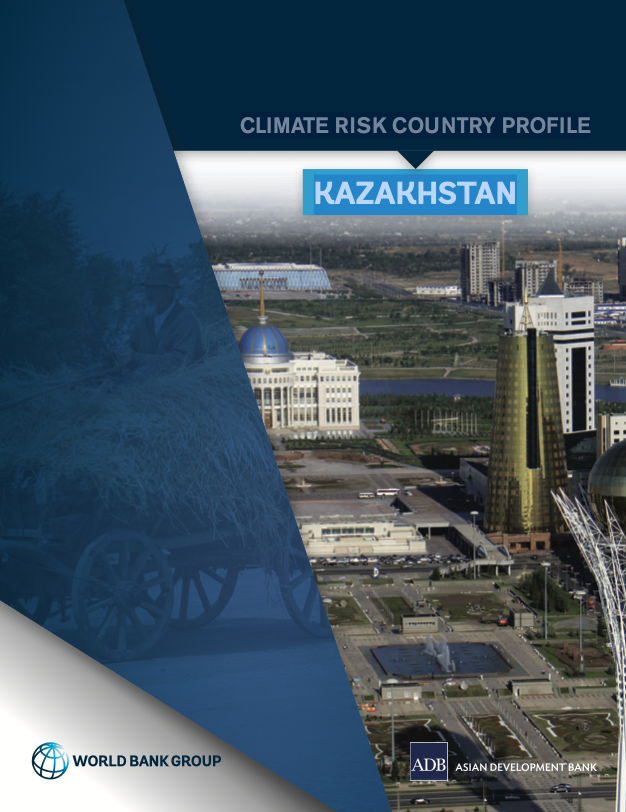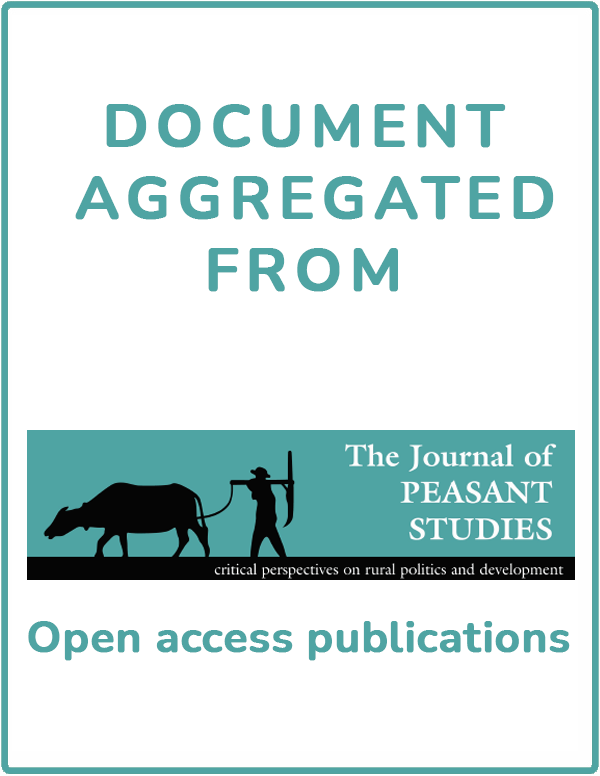Cooling Urban Water Environments : Design Prototypes for Design Professionals
This paper presents five design prototypes for cool urban water environments developed in the 'Really cooling water bodies in cities' (REALCOOL) project. The REALCOOL prototypes address an urgent need: urban water bodies, such as ponds or canals, are often assumed to cool down their surroundings during days with heat stress, whereas recent research shows that this is not always the case and that urban water bodies may actually have warming effects too. There are, however, indications that shading, vaporising water, and proper ventilation can keep water bodies and their surroundings cooler.










